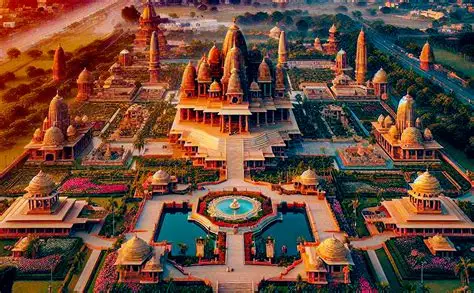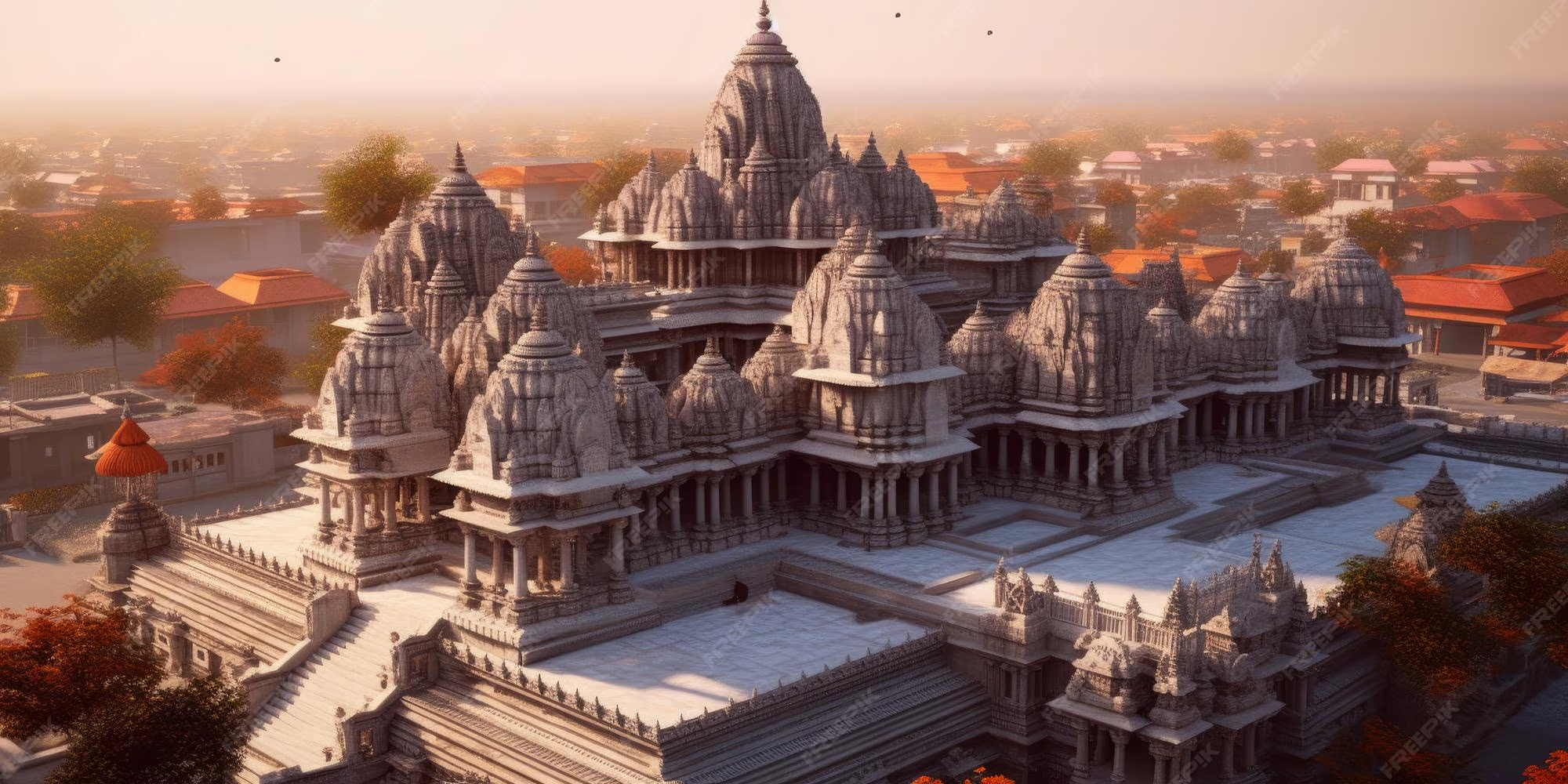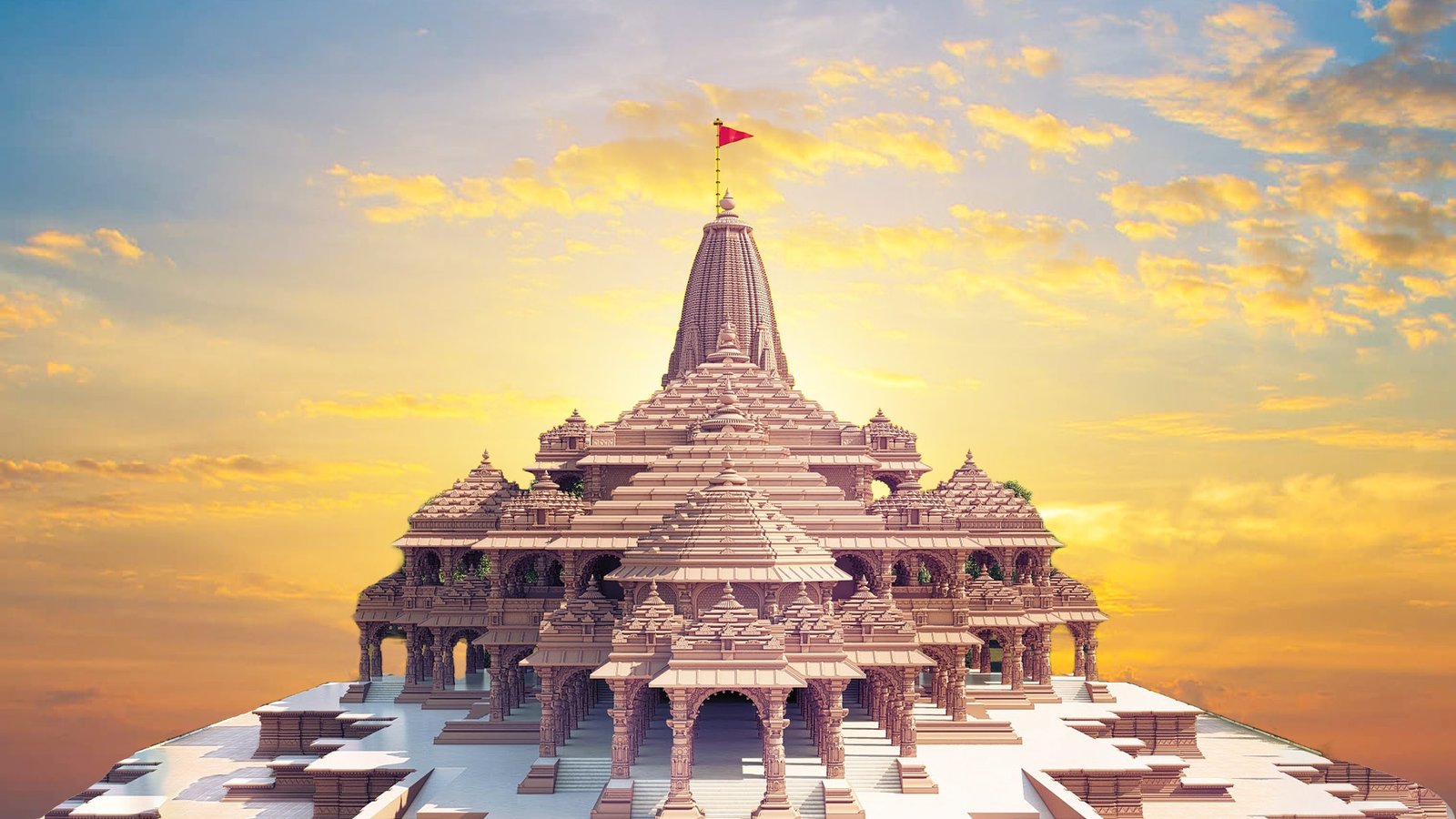With its rich tapestry of temples, ghats, festivals, and legends, Ayodhya attracts millions of visitors each year. Ayodhya Tour Packages are thoughtfully curated to help travelers experience the city’s spiritual essence, architectural beauty, and cultural vibrancy without the hassle of planning every detail. Ayodhya, nestled on the banks of the Sarayu River in Uttar Pradesh, is revered as the birthplace of Lord Rama and one of the seven sacred cities in Hinduism.
Whether you’re visiting for a weekend pilgrimage or a multi-day cultural retreat, this guide explores the best Ayodhya tour packages, popular itineraries, inclusions, travel tips, and seasonal highlights to help you plan a meaningful journey.
🧳 Types of Ayodhya Tour Packages
1. Spiritual Pilgrimage Packages
- Focus: Temple darshan, rituals, and guided spiritual experiences
- Ideal For: Devotees, senior travelers, religious groups
- Inclusions: Visits to Ram Janmabhoomi, Hanuman Garhi, Kanak Bhawan, Sita Rasoi, and Sarayu Aarti
2. Weekend Getaway Packages
- Focus: Quick exploration of key sites
- Ideal For: Families, couples, solo travelers
- Duration: 2–3 days
- Inclusions: Accommodation, local transport, guided sightseeing
3. Festival-Based Packages
- Focus: Deepotsav, Ram Navami, Makar Sankranti
- Ideal For: Cultural travelers, photographers, spiritual seekers
- Inclusions: VIP access to events, cultural shows, temple visits, and evening aartis
4. Heritage & Mythology Packages
- Focus: Ramayana-themed exploration, museums, storytelling walks
- Ideal For: Students, history lovers, international tourists
- Inclusions: Ram Katha Museum, Valmiki Ramayan Bhavan, Dashrath Bhavan, guided tours
5. Ayodhya–Varanasi Combo Packages
- Focus: Dual spiritual experience across two sacred cities
- Ideal For: Pilgrims, cultural tourists
- Duration: 4–6 days
- Inclusions: Transport between cities, temple visits, ghats, and heritage walks
🗺️ Popular Ayodhya Tour Itinerary (3 Nights / 4 Days)
Day 1: Arrival & Spiritual Awakening
- Check-in at hotel
- Visit Hanuman Garhi and Kanak Bhawan
- Attend Sarayu Aarti at Ram Ki Paidi
Day 2: Ram Janmabhoomi & Temple Trail
- Morning darshan at Ram Janmabhoomi Temple
- Explore Sita Rasoi, Dashrath Bhavan, and Nageshwarnath Temple
- Evening visit to Treta Ke Thakur (if Ekadashi)
Day 3: Heritage & Culture
- Ram Katha Museum and Valmiki Ramayan Bhavan
- Walk through local markets and ghats
- Optional visit to Gulab Bari and Raj Dwar Mandir
Day 4: Departure
- Morning boat ride on Sarayu River
- Souvenir shopping and check-out
🏨 Accommodation Options in Tour Packages
- Luxury: Ramayana Hotel, Taraji Resort
- Mid-Range: Krishna Palace, Hotel Ramprastha
- Budget: Dharamshalas near Ram Janmabhoomi and Hanuman Garhi
Packages typically include:
- Comfortable stay with breakfast
- Temple darshan assistance
- Local transport (e-rickshaw, cab)
- Guide services (optional)
🎉 Festival Highlights in Ayodhya Tour Packages
🪔 Deepotsav (October–November)
- Millions of diyas lit across the city
- Cultural performances, fireworks, and Ramayana tableaux
- Special packages include VIP viewing areas and guided festival tours
🎂 Ram Navami (March–April)
- Celebrates Lord Rama’s birth with grand processions and temple rituals
- Packages include priority darshan and cultural immersion
🕉️ Makar Sankranti (January)
- Holy dips in Sarayu River and temple fairs
- Ideal for spiritual cleansing and community rituals
💡 Travel Tips for Ayodhya Tour Packages
- Best Time to Visit: October to March for pleasant weather and festivals
- Booking Advice: Reserve packages 1–2 months in advance during peak seasons
- Dress Code: Modest, traditional attire recommended for temple visits
- Local Cuisine: Try sattvic thalis, kachori-sabzi, and temple prasad
- Shopping: Look for Ramayana-themed souvenirs, brass idols, and local crafts
🌐 Where to Book Ayodhya Tour Packages
- Ayodhya Varanasi Tourism: Offers temple-focused itineraries with darshan support
- Ayodhya Ji Tour: Provides 3N/4D sightseeing packages with expert guides and transport
- Apna Ayodhya: Features customizable itineraries for spiritual and cultural travelers
Packages typically include:
- Accommodation and meals
- Sightseeing and entry tickets
- Transport and transfers
- Cultural experiences and aarti participation
🌟 Why Ayodhya Tour Packages Are Worth It
Ayodhya tour packages simplify your travel experience by bundling logistics, spiritual guidance, and cultural immersion into one cohesive plan. They save time, reduce stress, and ensure you don’t miss key sites or rituals. Whether you’re attending Deepotsav, seeking blessings at Ram Janmabhoomi, or exploring Ramayana heritage, these packages offer a seamless and soulful journey.
Let Ayodhya’s timeless devotion and mythological grandeur guide your path—and let a well-planned tour package make it unforgettable.


